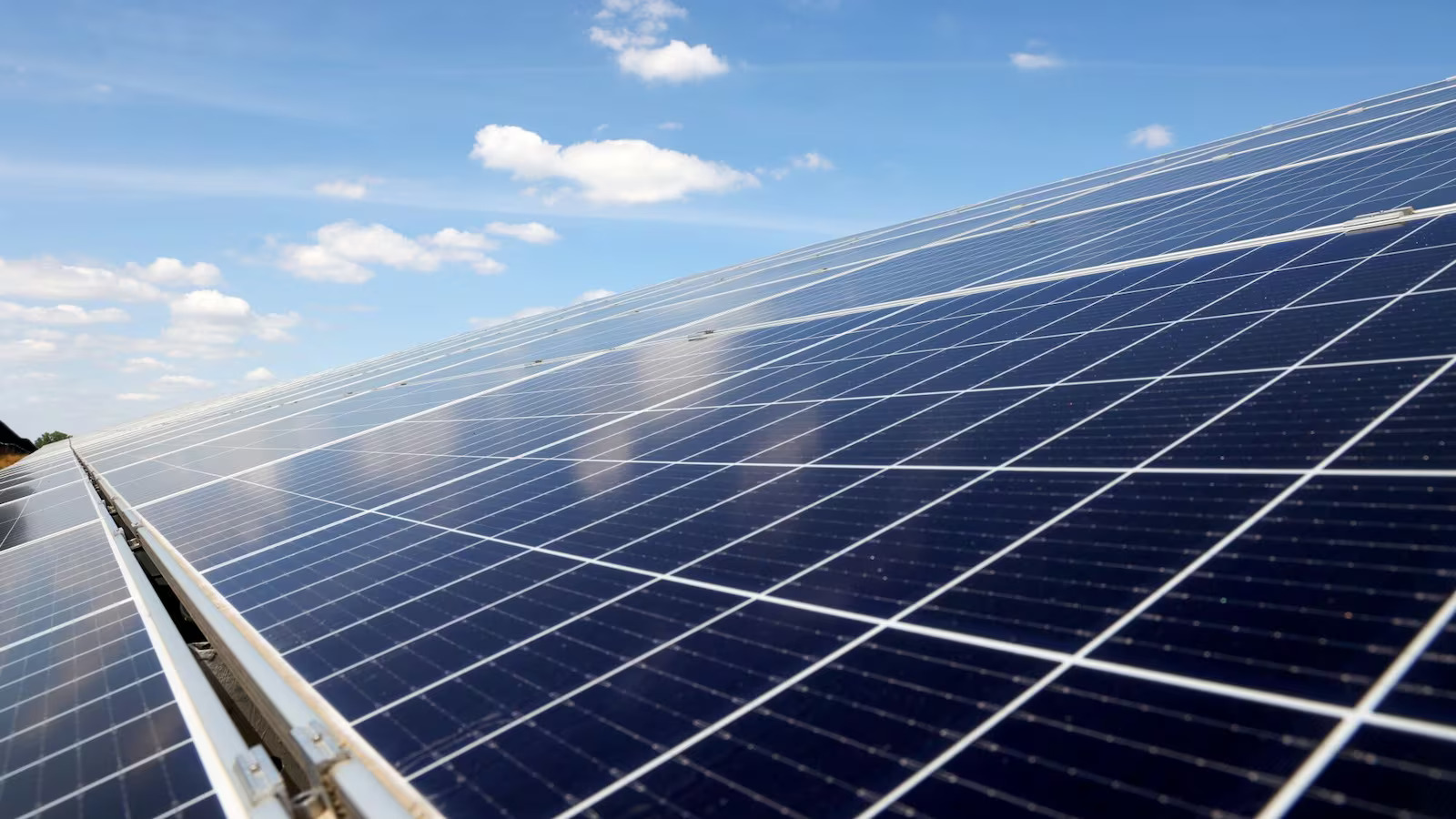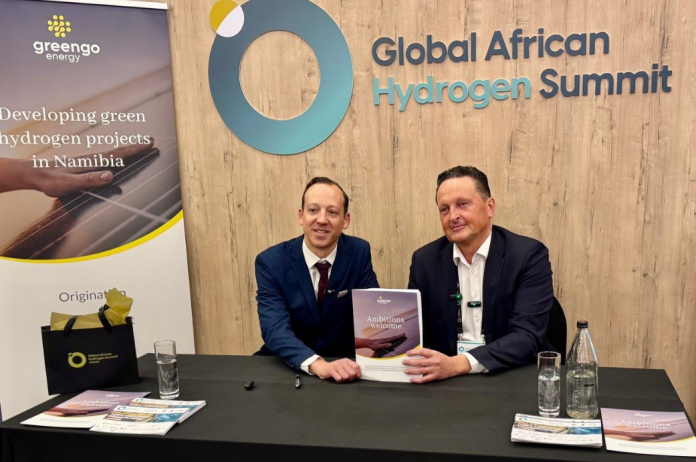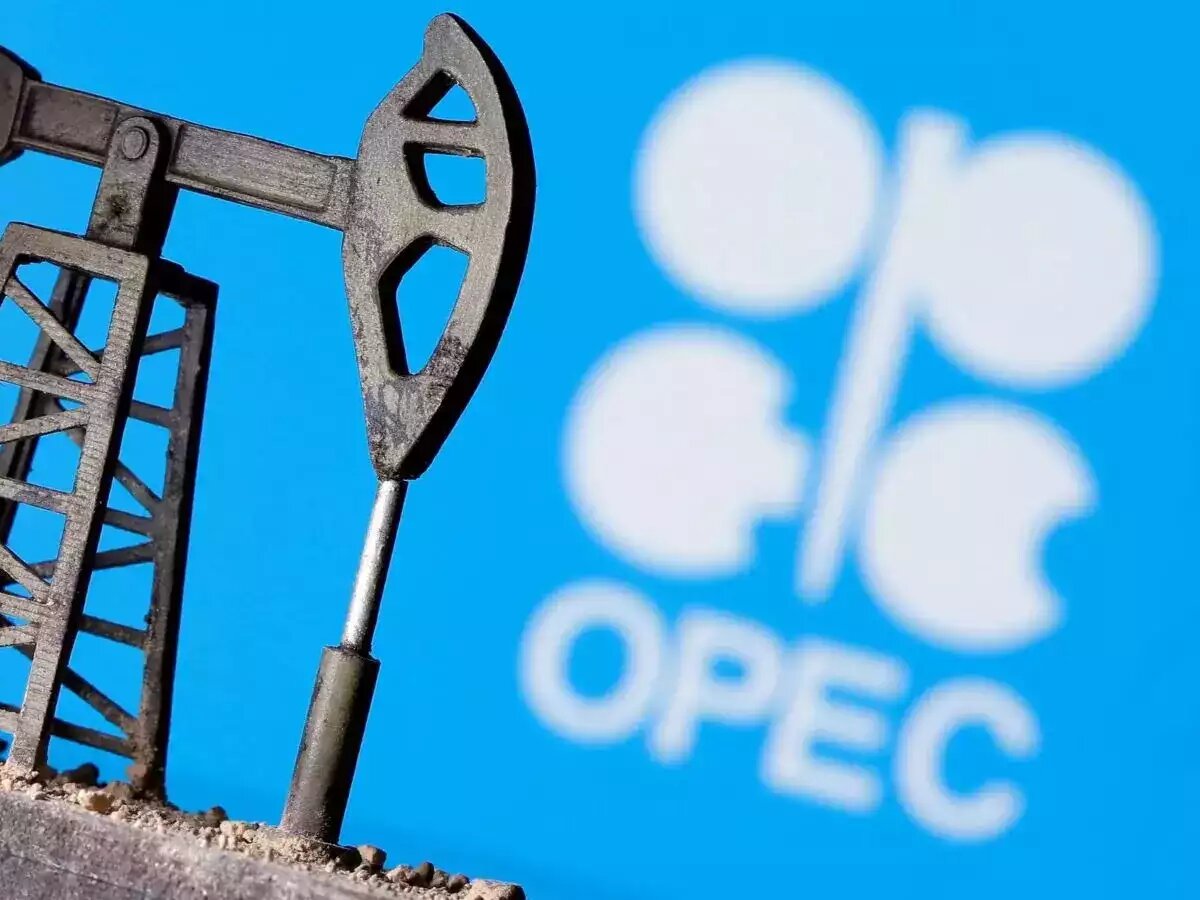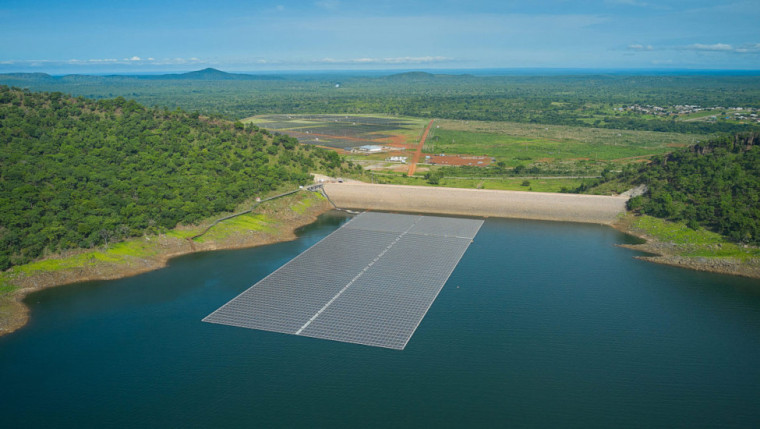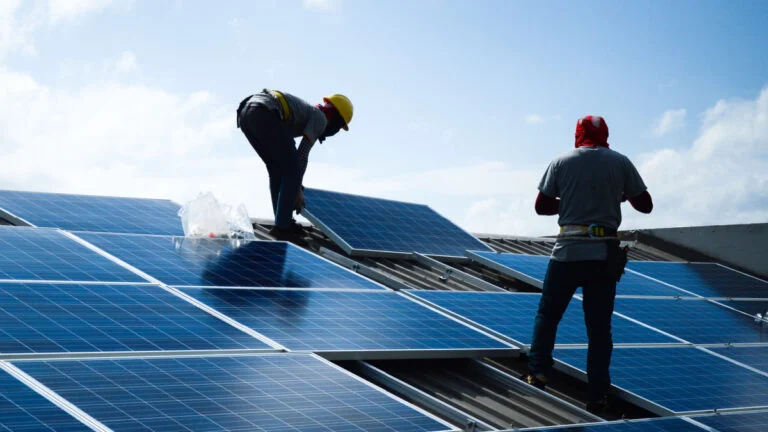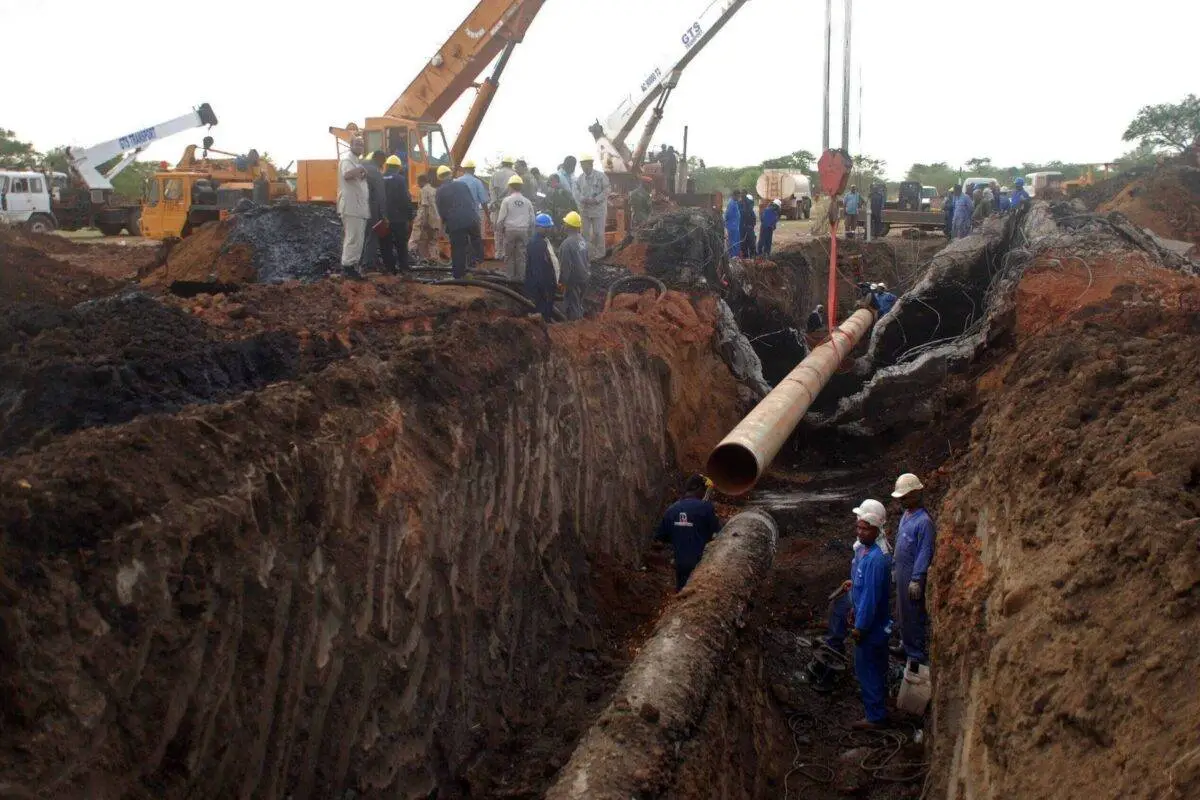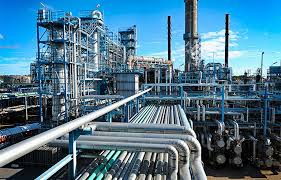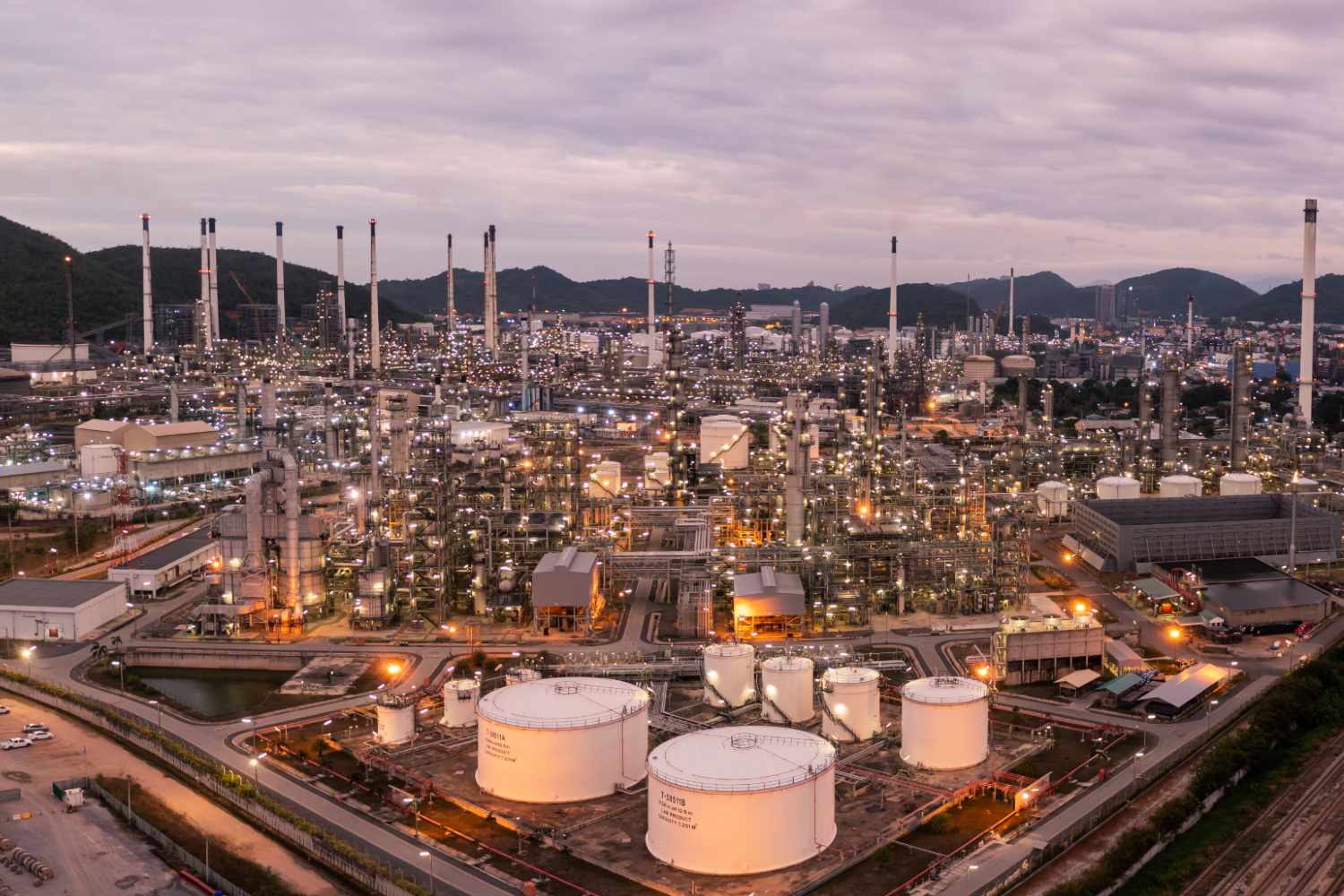Generation

Platform to bridge renewable energy education skills gap
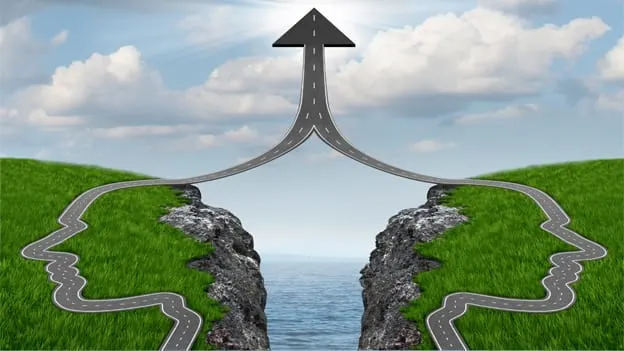
The Department of Electricity and Energy is set to launch a key SAREM (South African Renewable Energy Masterplan) initiative later today (Tuesday, 4 March).The Power Up platform is designed to bridge the gap between industry needs and education in South Africa.
It will work with higher education institutions to ensure training courses align with the demands of the renewable energy sector.
The aim is to provide young South Africans with clear career pathways into this industry.
The announcement was made earlier today at the opening of the Solar Power Africa conference in Cape Town by South Africa’s Deputy Minister of Electricity and Energy, Samantha Graham-Maré.
Maré said that for more than a decade, South Africa has battled with loadshedding, a crisis that has constrained economic growth and daily life.
Yet, she said, adversity often breeds innovation and opportunity.
Renewable energy output in combatting loadshedding
Recognising that the government alone could not resolve the energy crisis, South Africa established the Independent Power Producers (IPP) Office and the Renewable Energy Independent Power Producer Procurement Programme (REIPPPP).
These initiatives encouraged private investment in renewable energy, with the dual goal of expanding electricity capacity and reducing energy costs, said Graham-Maré.
“Over 10 years, the REIPPPP has added more than 7GW of renewable energy to the grid, with another 21GW in the pipeline.”
Rooftop solar installations by businesses and households have further contributed, adding an estimated 10GW of capacity.
The Deputy Minister said this surge in renewable energy has played a key role in South Africa’s energy recovery, reducing loadshedding.
But she was quick to temper that sense of optimism.
“We are not out of the woods yet. Our system remains constrained and Eskom is balancing a delicate act. But we have a clear path to energy security and stability.”
The focus is now shifting beyond merely ending loadshedding to ensuring universal access to energy, addressing the municipal debt crisis and implementing the just energy transition.
Government programmes nudging renewable energy progress in South Africa
Through initiatives such as Operation Vulindlela and the National Energy Crisis Committee, public-private partnerships are unlocking new opportunities in the sector, she said.
Graham-Maré said legislative reforms have also been instrumental.
She highlighted the amendment of the Electricity Regulation Act, which raised the threshold for small-scale embedded generation (SSEG) from 1MW to 100MWs, has facilitated unprecedented growth.
“South Africans are increasingly embracing solar energy, making components like inverters and lithium-ion batteries household staples.
“In 2024 alone, South Africa imported R26 billion worth of solar panels, inverters, and batteries…,” said Graham-Maré.
“We either accelerate or stagnate. I am convinced that despite some recent declines, we are poised for renewed growth.” Globally, the transition to renewables is gaining pace.
For South Africa, this shift represents an opportunity to enhance energy security, end loadshedding permanently and create thousands of jobs, all while achieving net-zero emissions by 2050, said the Deputy Minister.
To ensure this transformation is well-coordinated, the SAREM was developed through a collaborative process involving the public and private sectors, academia and non-profits.
SAREM not a dormant entity
Graham-Maré emphasised to attendees that SAREM would not be “just another document that gathers dust.”
Implementation is already underway, starting with skills development through the PowerUp.
This evening, she announced, a key SAREM.This evening, she announced, a key initiative – PowerUp – will be launched.
“I’m proud to announce that this evening, together with the partners of SAREM, we will be launching the Power Up platform, one of the key catalytic initiatives identified in SAREM.
“Plans will happen with or without government, but this time, we will ensure they happen with government’s full support.”
She emphasised the need for job creation, particularly in regions historically reliant on coal.
“For every job lost in fossil fuels, we must create at least three in clean energy,” she urged. With South Africa’s unemployment rate among the highest in the world, energy sector transformation must prioritise economic growth and job creation.
Challenges including policy uncertainty, grid access constraints and bureaucratic red tape continue to hinder progress.
The Deputy Minister reassured the audience that she and her colleagues were working tirelessly to remove these roadblocks.
By Solar Power Africa 2026, she hoped attendees would witness tangible improvements.
Moves to accelerate renewable energy capacity in South Africa
But among the major advancements is the recent signing of the Electricity Regulation Amendment Act, which paves the way for a competitive and open electricity market.
The upcoming Integrated Resource Plan 2025 will further outline South Africa’s energy roadmap, aiming to install 4GW of annual renewable energy capacity, increasing to 5GW by 2030.
G20, Mission 300 objectives
Beyond South Africa, the transformation of Africa’s energy sector is gaining momentum.
The African Continental Energy Masterplan aims to connect the continent’s five power pools, creating a competitive, interconnected electricity market.
Complementing this, Mission 300 – an initiative led by the World Bank and African Development Bank – seeks to provide electricity to 300 million people in sub-Saharan Africa by 2030.
“These initiatives will unlock opportunities beyond our wildest imaginations, “Graham-Maré said, pointing to the upcoming G20 Summit in South Africa as a chance to elevate Africa’s energy agenda on the global stage.




